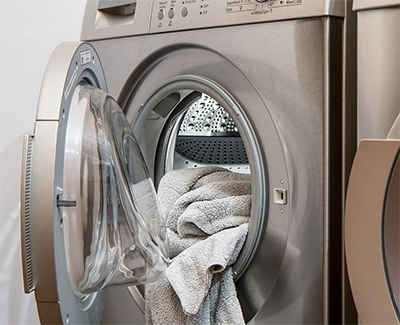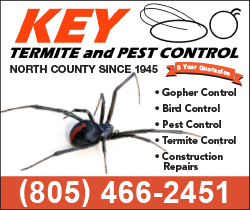Time for some real housekeeping – Fire safety tips!
CLOTHES DRYERS
Fires started in and around clothes dryers are all too common. The causes of dryer fires are simple. The lint generated when drying clothes is allowed to buildup due to poor ventilation. This lint creates obstructions which builds up heat and eventually becomes sufficient enough to ignite the lint accumulated around the back of the unit (along with whatever other items that may have been dropped behind the dryer over the years). It is a relatively easy fix to prevent a fire from occurring in your dryer. At least annually, pull the dryer out and clean all lint from in and around the dryer area. Pull the vent hose and be sure that lint hasn’t accumulated in the discharge area of the dryer. Replace the vent hose if any cracks or tears are observed.
To make matters worse, in some homes the vent for the dryer goes into the wall and, with only a few inches, the vent travels vertically. This type of venting provides a perfect opportunity for lint to build up causing a fire. (Many homes in the Country Oaks development have this type of venting). It is especially important to clean and inspect the dryer and all venting materials.
CHIMNEY MAINTENANCE
Chimney maintenance is another area taken for granted, this maintenance is also vital to your family’s safety. Follow these suggestions:
- Have your chimney or wood burning stove inspected and cleaned annually by a certified chimney specialist.
- Clear the area around the hearth of debris, decorations and flammable materials.
- Always use a metal mesh screen with fireplaces. Leave glass doors open while burning a fire.
- Never restrict air supply to fireplaces. Otherwise you may cause creosote buildup that could lead to a chimney fire.
- Never use flammable liquids to start a fire.
- Use only seasoned hardwood. Soft, moist wood accelerates creosote buildup.
- Build small fires that burn completely and produce less smoke.
- Never burn cardboard boxes, trash or debris in your fireplace or wood stove.
- Never leave a fire in the fireplace unattended. Extinguish the fire before going to bed or leaving the house.
- Soak hot ashes in water and place them in a metal container outside your home.
Also make sure to protect the outside of your home:
- Stack firewood outdoors at least 30 feet away from your home.
- Keep the roof clear of leaves, pine needles and other debris.
- Cover the chimney with a mesh screen spark arrester.
- Remove branches hanging above the chimney, flues or vents.










